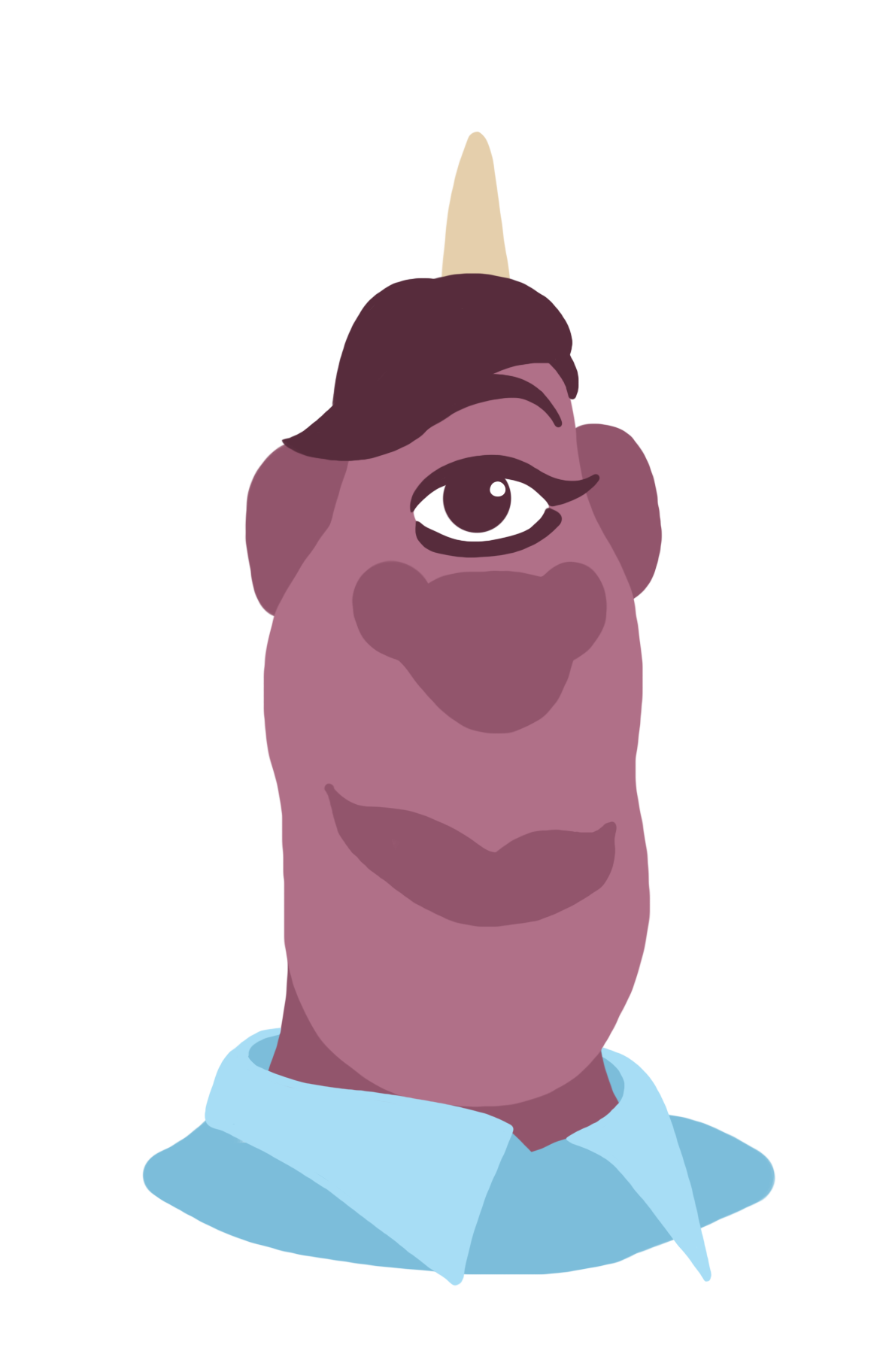Illustration by Andrea Nebhut
Disney recently announced its first openly gay character. A minor character in their new movie “Onward,” a cop makes a reference to her girlfriend’s child in a conversation with the main characters. This is, of course, a step forward for LGBTQ representation in media, especially in children’s movies where gay characters are typically censored. However, I don’t think this is the groundbreaking development that many news outlets are making it out to be, and this can be shown by looking at the history of queer coding in monster narratives and in Disney movies.
Queer coding refers to how characters may seem to be queer through subtext, often through the use of prominent stereotypes such as feminine characteristics for male characters and masculine characteristics for female ones. It doesn’t have to be inherently bad, and sometimes creators might not even be aware that they have coded a character as queer, but that doesn’t stop queer coding from being harmful by contributing to harmful stereotypes.
As I have written before, monster narratives have a history of being used to portray otherness, and this otherness can often be understood to mean being queer. Vampire stories are some of the most popular examples of this phenomenon. Vampires are often depicted as effeminate and predatory and must rely on their charm to seduce their victims. You can look at “Interview with the Vampire,” which can be read as the story of a queer man coming out, creating a family with another man, and dealing with being ostracized from society. There is also some queer coding in Netflix’s recent adaptation of “Dracula.” In the first five minutes, we meet Jonathon Harker, who is in the care of a group of nuns and is depicted as extremely sickly and frail after coming into contact with Dracula. The nuns even ask directly if he had a sexual relationship with the vampire as if that would explain the illness he has contracted.
Another classic monster narrative with queer coding is the 1933 version of “The Invisible Man.” In this movie, the main character, after becoming invisible, searches for a male partner to help him adjust to his new life and try to find a solution. He only becomes visible after being shot and killed by the police. It plays on the invisibility of the LGBTQ community. The community’s struggles are also coded into the “X-Men” series. The Mutants’ powers start showing during adolescence when many people start exploring their sexuality and have to deal with negative treatment by society. One movie even makes a reference to coming out when one mom asks her son who just told her about his powers if he has tried not being a mutant.
Disney’s monsters, or more accurately, villains, have their own complex history of queer coding. A majority, if not all, of Disney villains are queer coded in some way. Some are based on real members of the LGBTQ community. For example, Ursula from “The Little Mermaid” is based on the drag queen Divine. Her characteristics, in general, reflect this. Yet, the more common use of queer coding for Disney is how the company portrays their male villains and their male heroes. The villains are effeminate, reluctant to get their hands dirty in fights, fashionable and have flamboyant mannerisms. Heros are hypermasculine, strong and muscled. These queer coded villains may not be meant to be queer themselves, but there is an obvious correlation between queerness and what is thought to be evil, as seen with monster narratives.
Now that we have context, let’s look back at Disney’s first openly gay character and the movie itself. This is a movie about monsters. But even among monsters, the queer character is made to be different. Based on the promotional material I have seen, she is the only cyclops and is the only character with one eye. The main family that the movie focuses on is blue and retains many human characteristics. However, the gay character is purple and loses a lot of those human characteristics. She is made to be different even in a movie where monsters shouldn’t be. Disney puts out a couple of movies each year, a majority of which at least have some humans in them, but they put the first gay character in a movie of monsters. It is of no great difficulty to see that to mainstream film and to Disney, being queer makes you an other.
I’m glad that Disney is finally putting an openly gay character in one of their movies, but this isn’t some groundbreaking development, it’s the next progression of the history of queer coding. Queer characters are still the monsters; companies just aren’t hiding it anymore.







